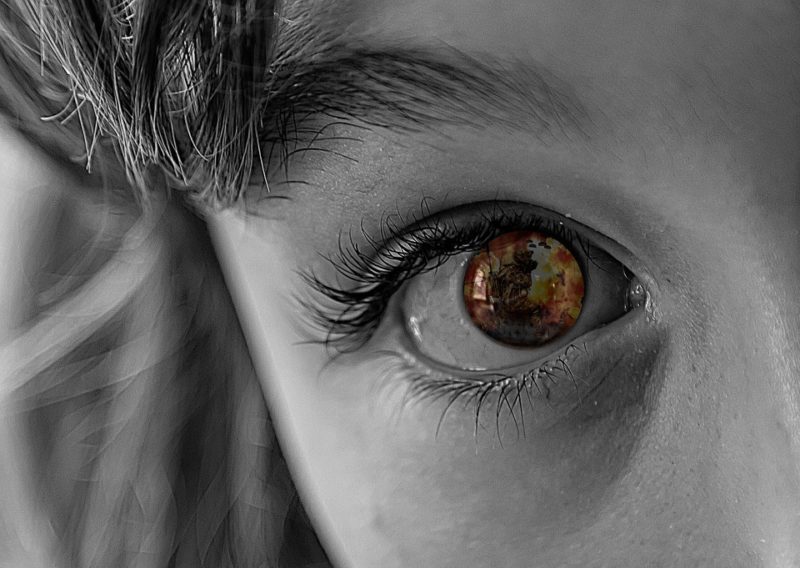Are you trying to understand what is the process of organ donation? Well, you’re in the right place; this is where you find all the answers to your question, and we’ll discuss it according to organs.
Organ donation is the process in which a donor donates his organ to those people who need it. Organ may be kidneys, eyes, and liver. Organ donation is a living giving process. An organ donor can save up many people’s lives.
Donating organs means you donate a new, healthy, and enjoyable life to the recipient. Although organ donation is a straightforward process, you have to complete a few steps to be eligible for donating an organ. In this article, we discuss organ donation in detail and its process. Here is a complete knowledge about this topic. So, remain in touch with this article to understand well.
Which Organs Can Be Donated?
Well, you think about which organs you can donate. Here, we put a list of organs that you can donate. A dead or alive person can both donate the organs. Here are the different organs that a person (dead or alive) may donate:
Kidney
Kidney disorders or failure are most common nowadays. A dead person donates both his kidneys to the recipient. On average, the kidneys of the deceased person can save the life of the other person. The maximum lifetime of a donor’s kidney is about nine years. But this lifespan is changing for every person. A person who is suffering from a kidney disorder needs a kidney transplant. A living person can donate one kidney to the patient and easily enjoy his life with one kidney.
Liver
The liver is also the most critical organ in our body; it performs various functions like excretion and production of bile, excretion of hormones, bilirubin, and cholesterol. It helps in controlling the metabolism of fats, proteins, enzyme activation. I also help in the production of plasma and blood or for blood filtration or purification. It helps in growing and producing cells in our body. The liver of a dead person or deceased donor can be divided into two half and donated to two persons. It means a deceased donor saves two people’s lives. Much more, a living donor can also donate his half liver to the patient and the remaining half for his survival because the liver regenerates naturally to its full size in a living person.
Heart
Like other organs, the heart is also the most important organ for the survival of human beings. This is because the heart carries the blood to all parts of the body. Without this, it will stop the circulation of blood, and a person will die. It is observed that, on average, the heart beats about 2.2 million times.
Lungs
Like the heart, you can also donate the lungs. Our body has two lobes of lungs: left or right. So, a deceased person donated both lungs to the patient. In contrast, a living person can donate only one lung because lungs don’t regenerate.
Pancreas
The pancreas is also the essential organ, which performs various functions in our body. The pancreas of a dead person can be transplanted into the patient, increasing the lifetime of the recipient. A living donor also donated his small portion of the pancreas, and his body works well on the remaining portion of the pancreas.
Intestine
Likewise, another organ, the intestine, also plays an essential role in performing many functions. For example, the intestines of dead people are being transplanted to another. And a living donor also donated his half portion of the intestine and can depend on the rest of the remaining portion. It may also be helpful to read about why organ donation is mandatory.
Living Organ Donation Process
Are you wondering about the process of organ donation? If yes, then read further into this article. So, what is the process of organ donation? The following consideration should be taken into account when donating a person’s organs:
#1. Medical test
Before donating the organ, go to your specialist, and you need to do a medical test. If your medical test is perfect, it means you can donate organs to the recipient. Know who is eligible for organ donation.
#2. Medical compatibility
Your medical test confirms whether you can donate organs or not. If all your test is positive and matches the compatibility of the recipient, only then can you donate an organ. Know more about organ donation and transplantation.
#3. Preserve the organs
After completing the medical test, the organ of the donor after surgery is kept under special chemicals. After that, the organ is kept for observation in a laboratory until they are transplanted into the recipient body.
#4. Donor care
When the donor is donating an organ, the donor needs to rest for a few hours until he feels good. After that, he was allowed to go home.
#5. Preparing recipient for surgery
When you are selected for organ donation, you have to make an appointment at your clinic or hospital. After that, your organ is selected for surgery. Next, the recipient is prepared for organ surgery. And finally, the donor organ is transplanted into the recipient body.
#6. Funeral and burial plans
Once the donor donated his organ, and he belongs to a needy and low-income family. Then after the completion of the donation, all the funerals and burial plans are transferred to the donor family. These are the basic steps that are involved in the process of organ donation.
It’s A Wrap!
Trying to learn what is the process of organ donation? You can donate different organs, and it involves a typical process, which we have discussed earlier. Just reread this article to get the answer to your question. Also, it’s helpful to read about how organ donation saves lives.

